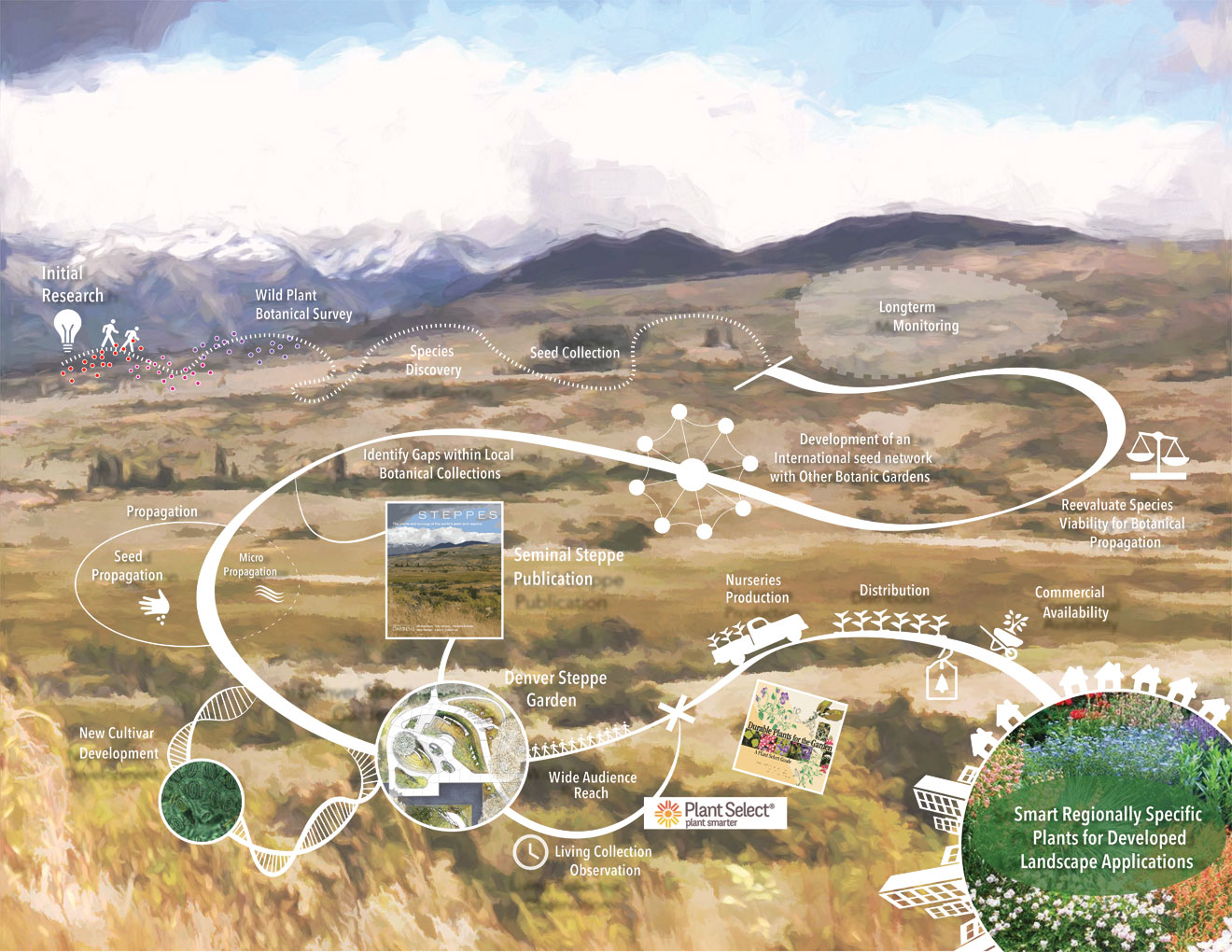STEPPE GARDEN
DENVER BOTANIC GARDENS
The Steppe Garden at Denver Botanic Gardens is an integral piece of a broader research agenda to build and disseminate knowledge on the plants and ecology of the world’s major steppe regions. Constructed in 2016 as a new central garden, it hosts an extensive collection of steppe flora collected and curated by the Denver Botanic Garden’s team of leading horticulturists. The purpose of the garden is to support, promote, and extend research on the world’s steppe regions by 1) hosting a diverse living collection of steppe flora and 2) expressing the natural and cultural narratives of steppes and their instructive value as resilient landscapes. The design merges horticultural research on ecology and plant communities with design research on how to construct a range of diverse habitats for plants, and how to create a compelling place for visitors to discover the essential stories of steppe regions.
The Steppe Garden is the winner of the 2016 ASLA Colorado President’s Award of Excellence for Research and Communication.
VISIT SIMILAR PROJECTS:
SEMI-ARID BIOMES
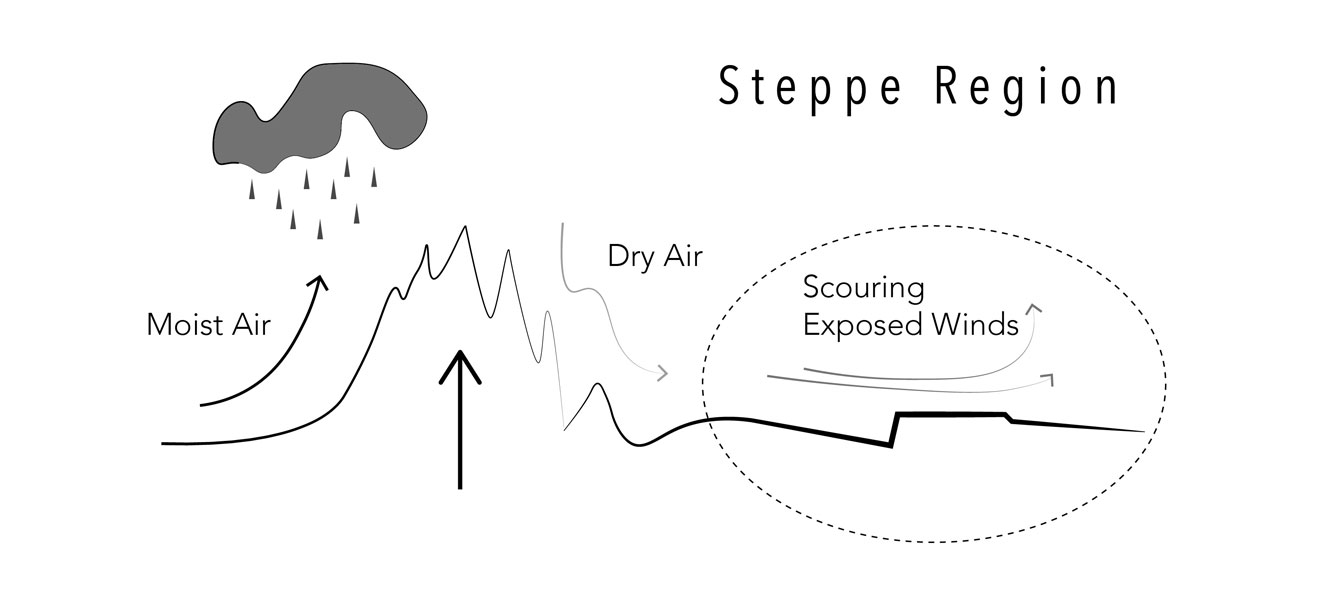
Steppes are semi-arid biomes dominated by forbs, grasses, and grass-like species, and are characterized by extreme climatic fluctuations and scant precipitation. South Africa, Central Asia, Patagonia and central and intermountain North America constitute the extent of the distribution of the steppe biome across the world. They host an array of flora that is well-adapted to harsh climatic conditions, tolerating extreme heat and cold, high winds, and low moisture.
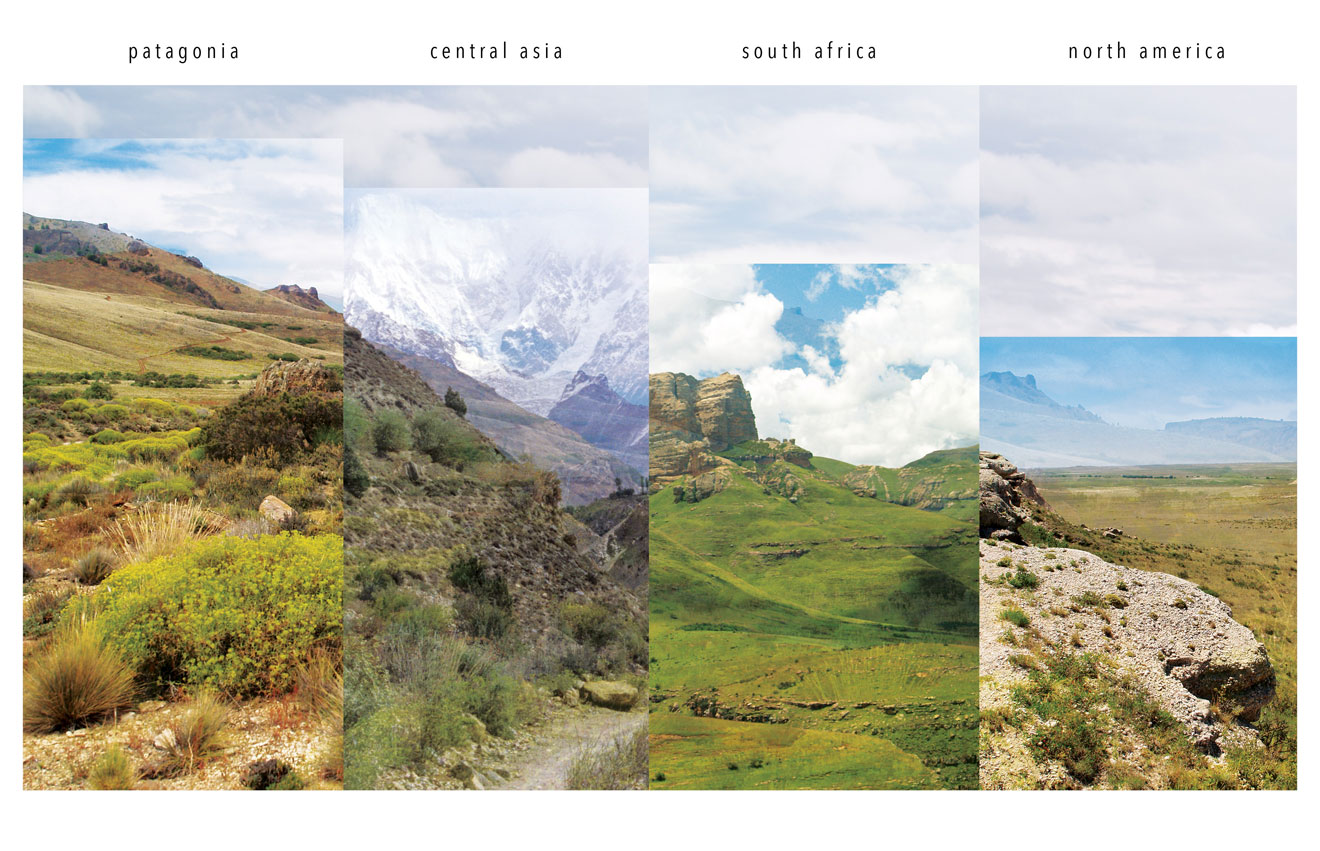
BIODIVERSITY
Steppes are rich storehouses of biodiversity and are intimately tied to the birth and evolution of our civilizations, yet few studies have attempted to analyze the characteristics of these regions. As climate change and loss of biodiversity and habitats become more pressing global concerns, our team foresees tremendous value in studying steppe regions to inform the design and stewardship of our landscapes.
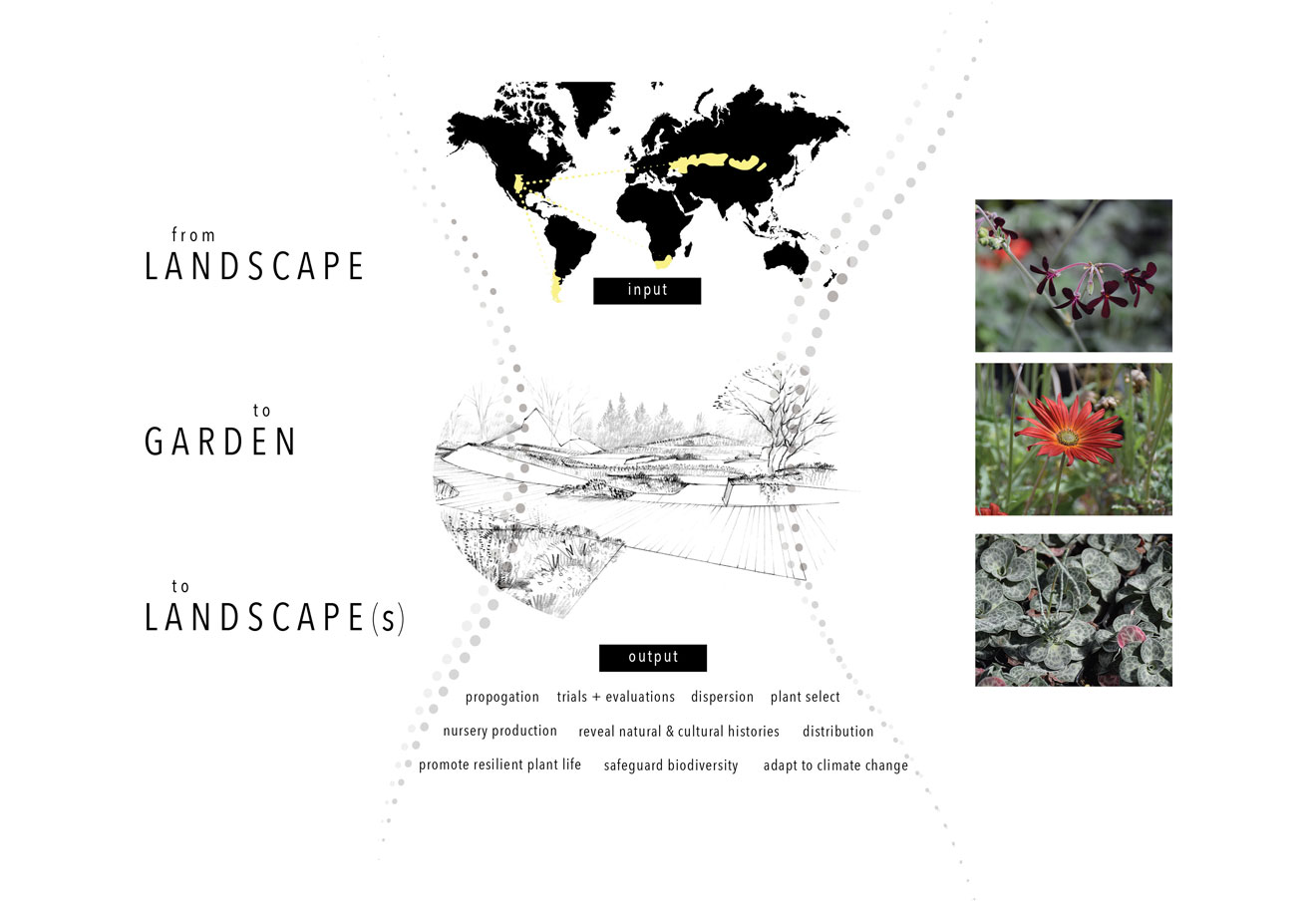
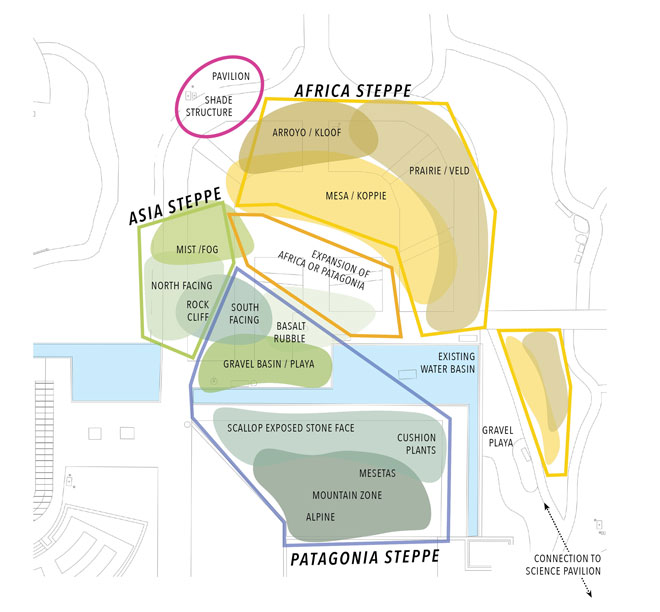
The Denver Botanic Gardens is a leading international center for the study of steppe flora. In order to support and extend their research on steppe regions, our role as landscape architects was to design a garden to host a diverse living collection of steppe flora and express the rich natural and cultural histories of the four major steppe regions. The central design challenge was to condense and express the four distinct steppe regions within a single garden that would connect people to their essential stories.
TOPOGRAPHY + CLIMATE
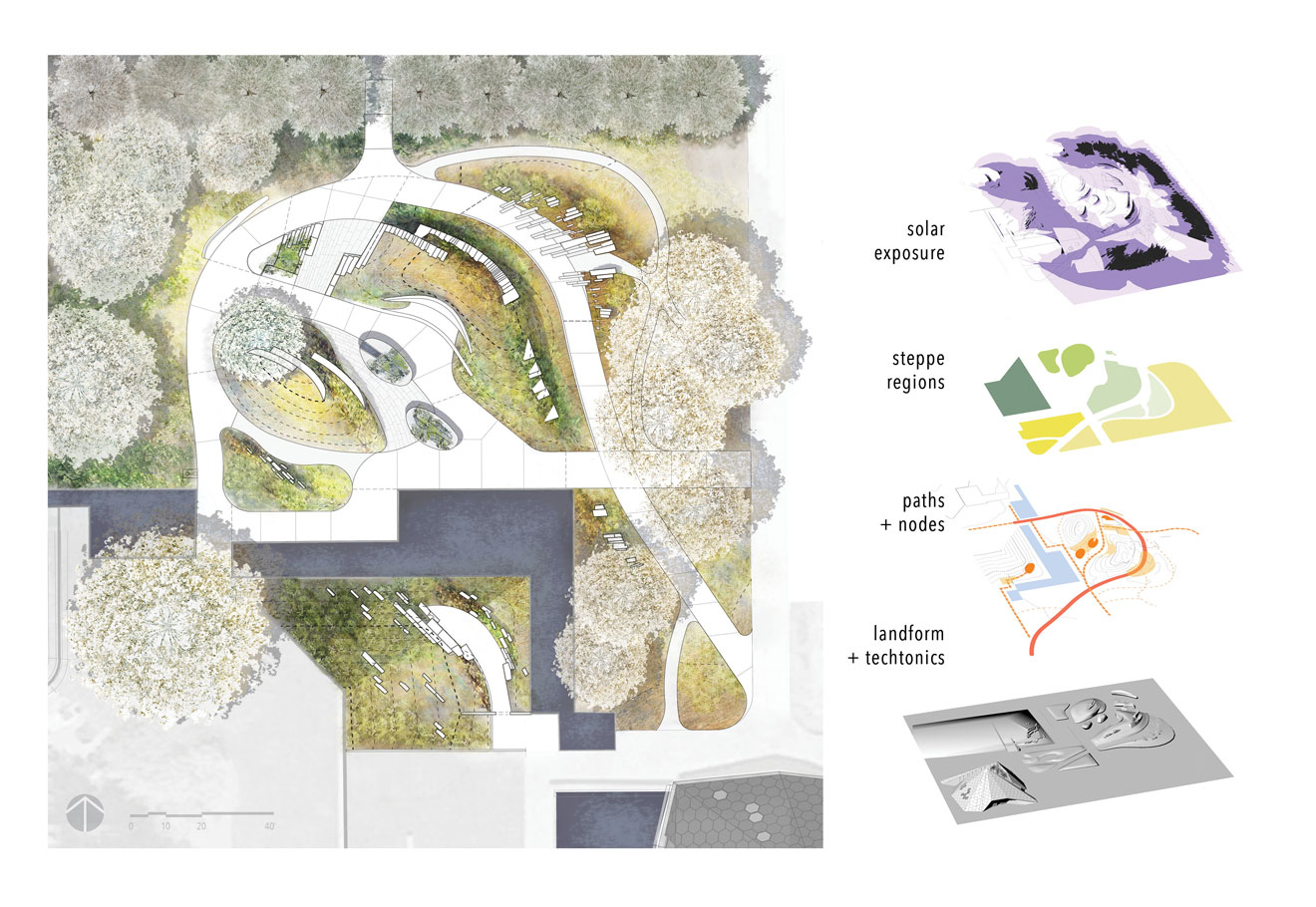
Steppes are extremely biodiverse landscapes in part because of the varying microclimates that develop as a result of their diverse topography. For the creation of the Steppe Garden, a layered and diverse topographic surface was essential not only to provide a range of suitable habitats for plant specimens, but also to reveal the role that microclimates play in fostering biodiversity within steppe landscapes.
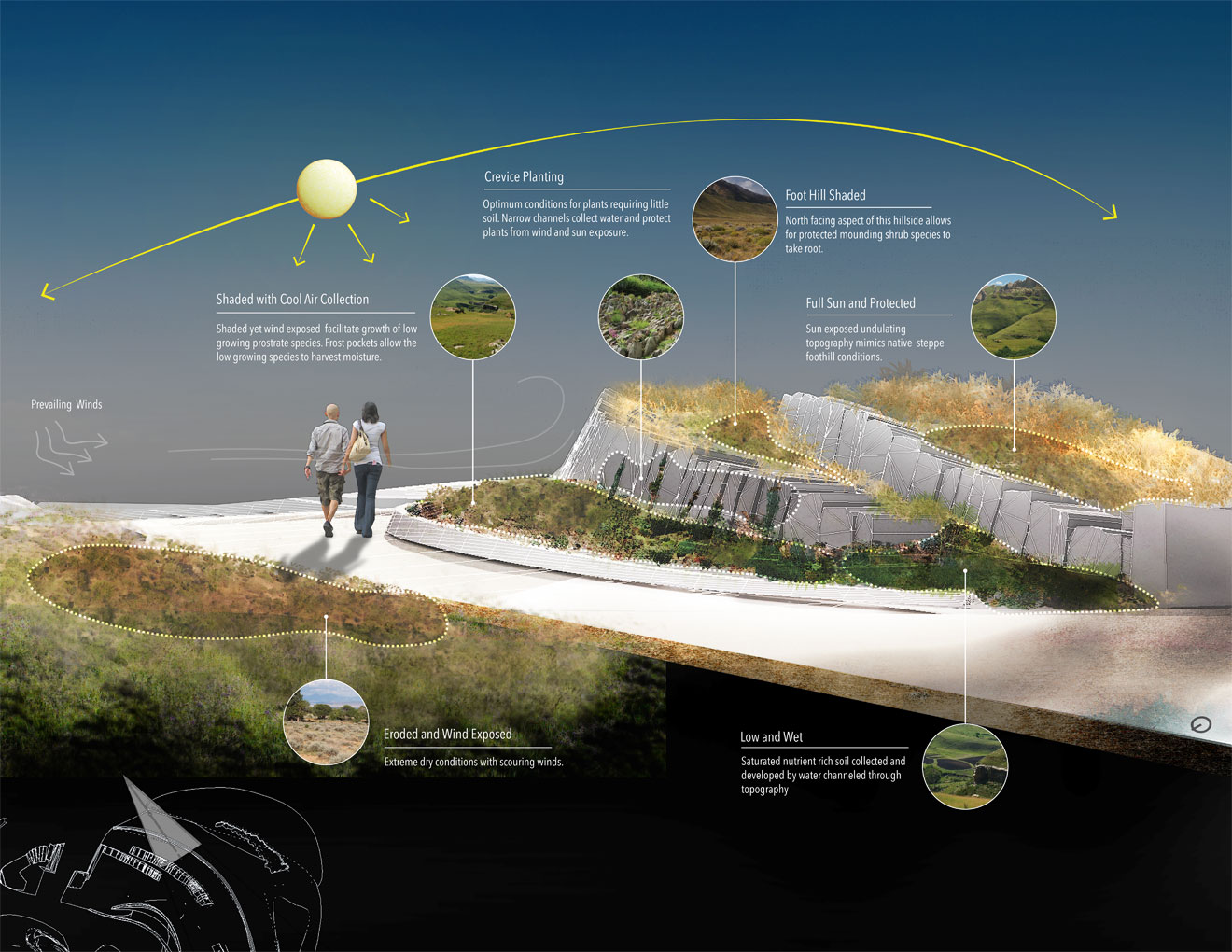
SCULPTING GROUND

Transforming our flat site into a sculpted terrain involved extensive physical and digital modeling; a 3D overlay method using these models allowed us to study the way that landforms interface with solar and wind exposure to create calculated microclimates. We coordinated these efforts with a thoughtful sequencing of the visitor’s experience to create an intimate sense of connection to the steppe landscape.
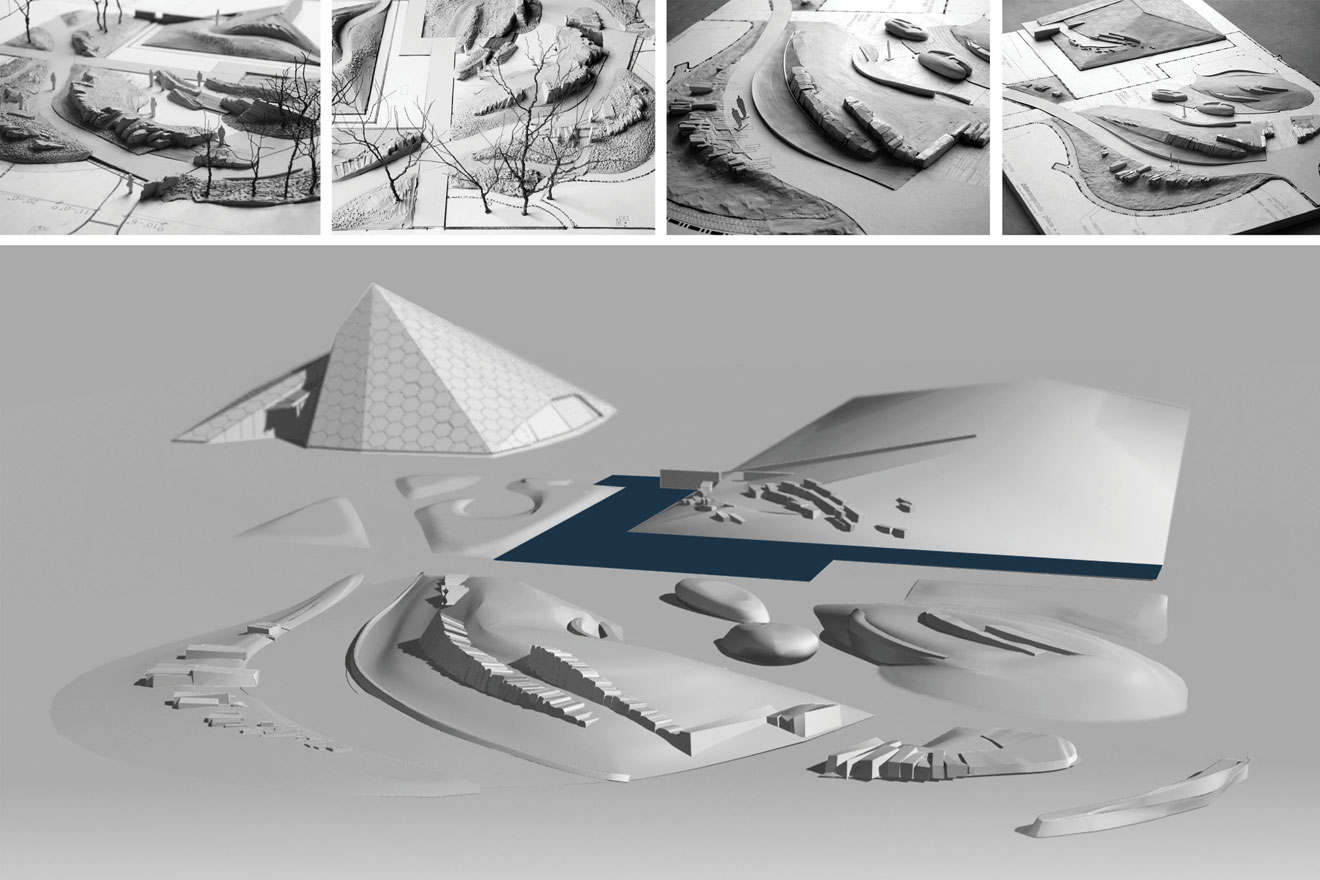
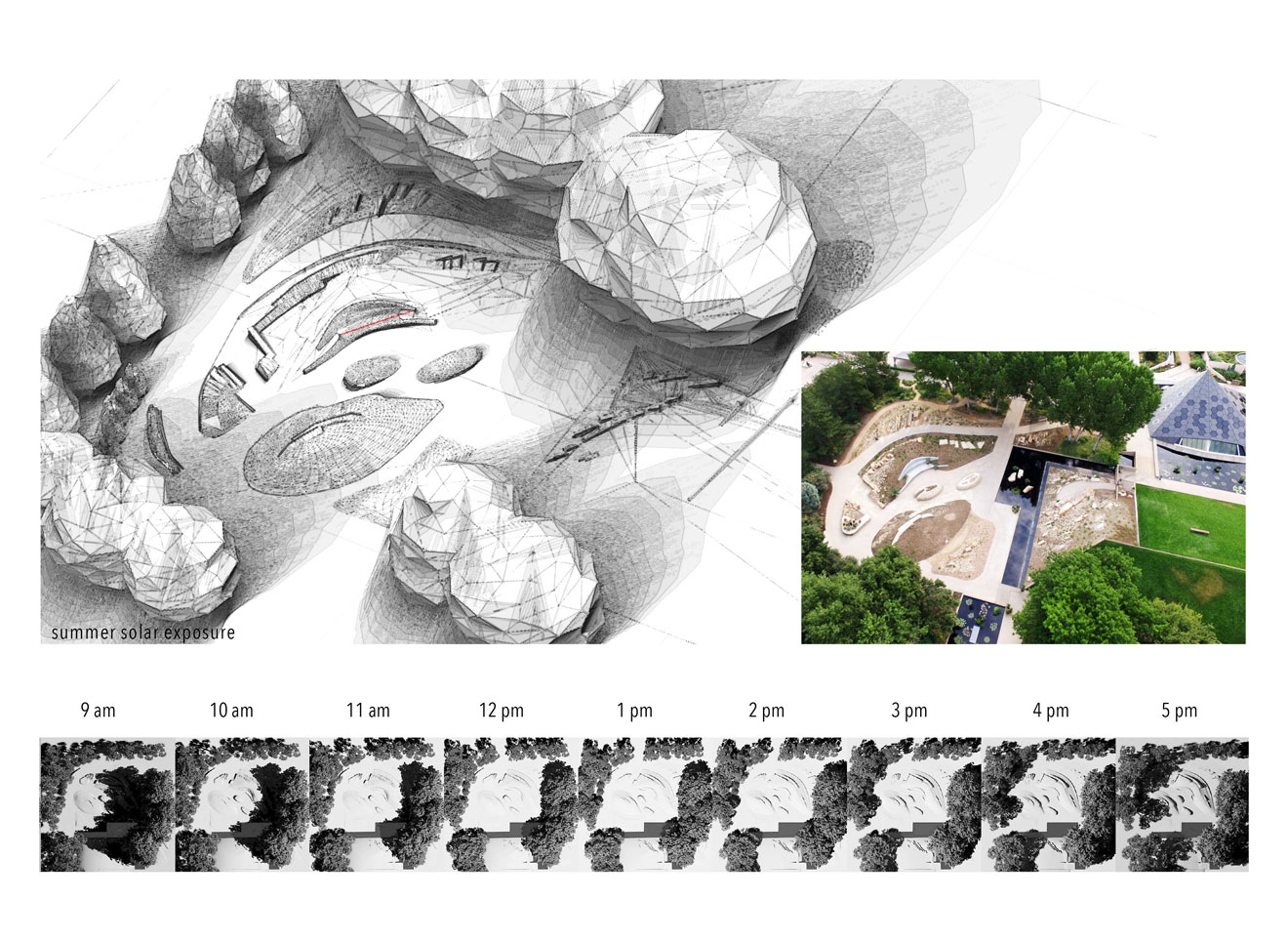
LIVING COLLECTION

The garden now hosts a diverse living collection of plants from steppe regions across the globe. The garden itself is a living, interactive display of the groundbreaking research being conducted on steppe plants and ecology within the heart of Denver.
RESILIENT LANDSCAPES
The garden as a center for research, conservation and education on steppe flora aids a larger effort to identify and advance sustainable horticultural practices by promoting climate-adapted and drought tolerant plants for reduced water use and other resilient characteristics. We anticipate that The Steppe Garden will play in important role from a conservation standpoint, allowing us to host and safeguard the biodiversity found in steppe regions across the world. We also see enormous potential for the garden to promote more resilient landscapes through education and outreach efforts.
